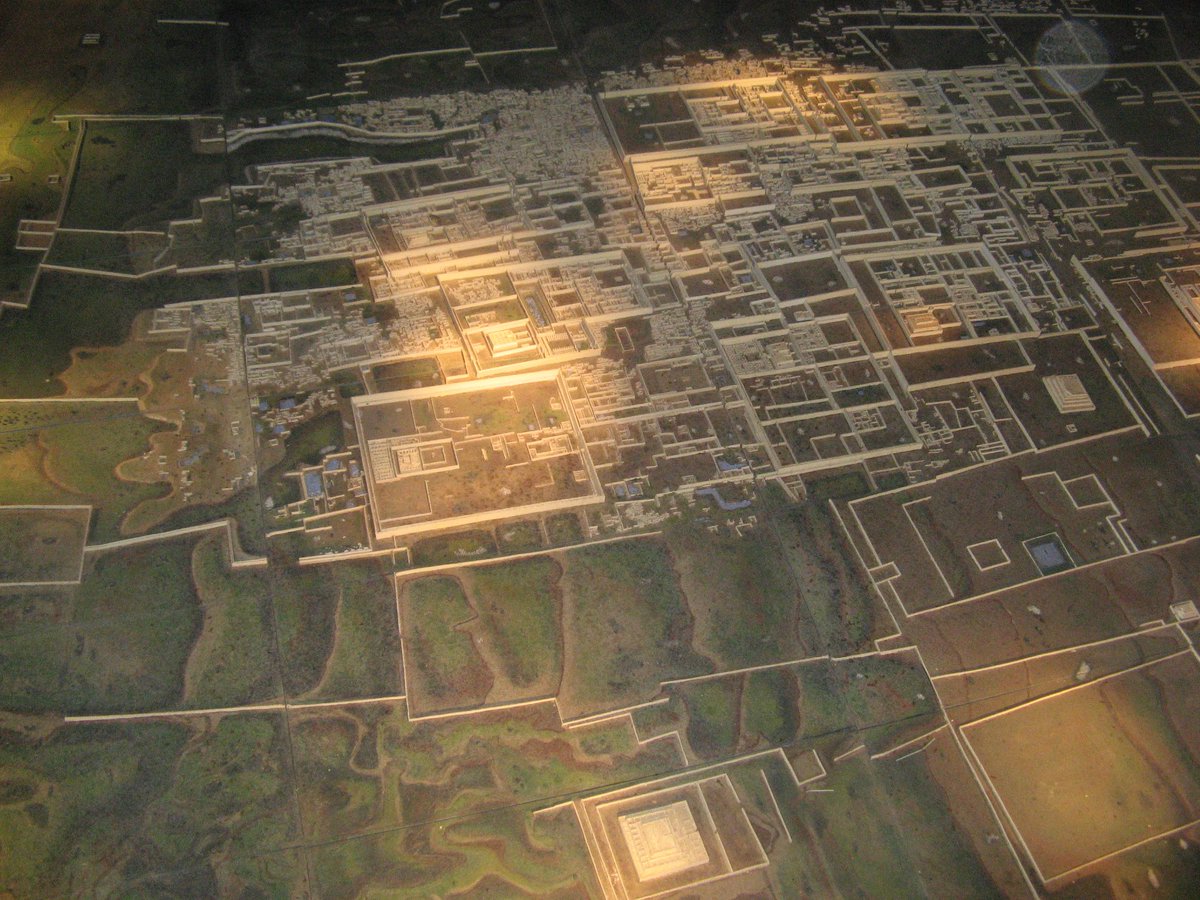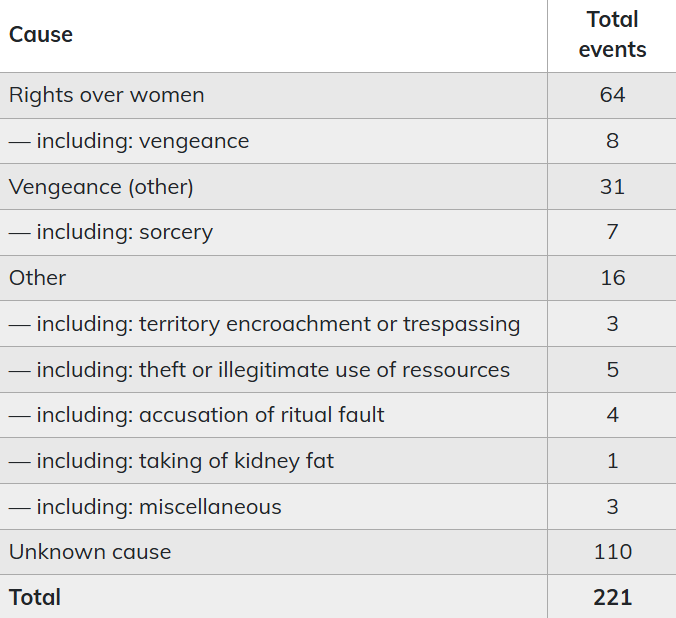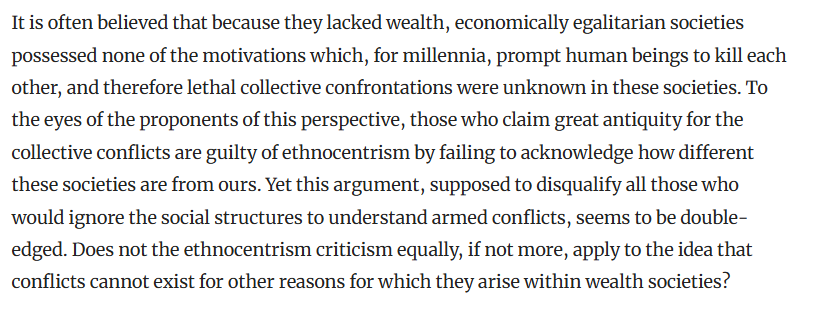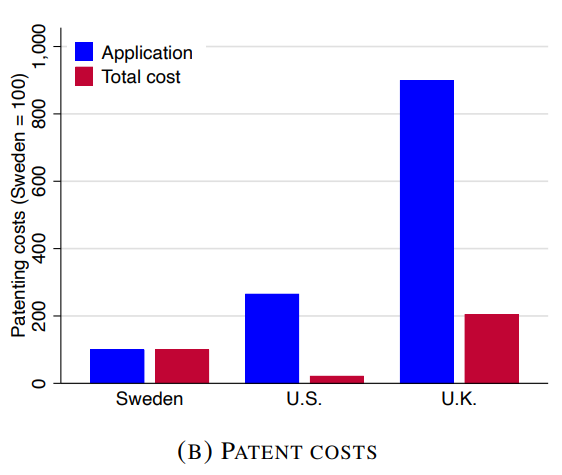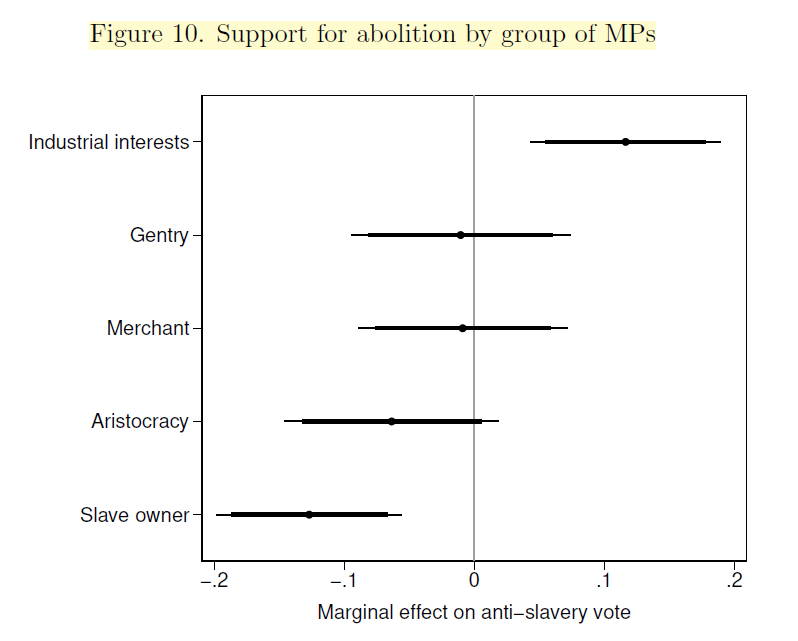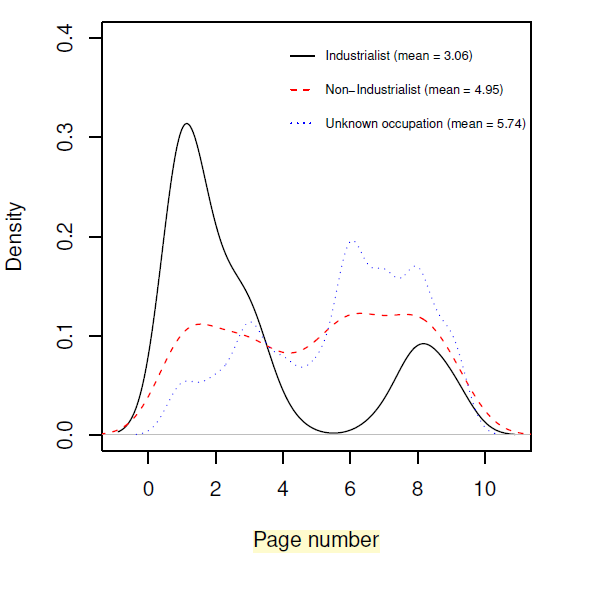The Ottoman empire did as the Romans do and debased it's currency as it ran into trouble.
The golden age was gone and due to rapid inflation so was the age of silver.
Similar patterns exists in many empires.
The golden age was gone and due to rapid inflation so was the age of silver.
Similar patterns exists in many empires.

Roman debasement of its currency accelerated after the end of the "five good emperors" and the start of the thirty Merda emperors. 

After a series of civil wars Ptolemy X left Egypt to Rome in his will in 88 BC and the kingdom was under threat of Roman annexation. 

Parthian debasement during the empire, also noticeably in the middle of the first century BC when they tangled with Rome. This is part of the conflict in which Crassus squared off against the Parthians. 

The Sasanian were more responsible, only seriously debasing the coinage early on during the wars against Rome. In 283 the Roman emperor Carus even sacked the capital of Ctesiphon yet his campaign ended after he was struck by lightning. 

Also some debasement during Yazdegerd II war against both the Huns and Romans and toward the end of empire under Yazdegerd III.
• • •
Missing some Tweet in this thread? You can try to
force a refresh











